
Gowbarrow Hall Farm
Gowbarrow Hall Farm has a wonderful history with Cumbrian Fell Ponies. One hundred thirty years ago, John Swinburn established a herd of fell ponies at Gowbarrow Hall, and the Gowbarrow prefixed ponies were a prized herd. The herd was then gifted to the National Trust in the 1940s by the Swinburn’s landlords, the Charltons. At this time, pure fell pony breeding herds were in decline, and the National Trust hoped to “preserve a small herd of pedigree ponies of the best type on Gowbarrow Park”. By 1950 it was felt that the breed was in a more healthy state and the Trust sold the herd. Fast forward 70 years, and we have reintroduced fell ponies back to the farm and this time for a very specific purpose.
We are a family-run farm, under the management of Sam and Claire Beaumont. The farming methods we practice are called regenerative farming, where we are continuing to improve the biodiversity, soils and landscape around us and we are passionate about maintaining the natural beauty of our farm and enriching the wildlife that falls within it.
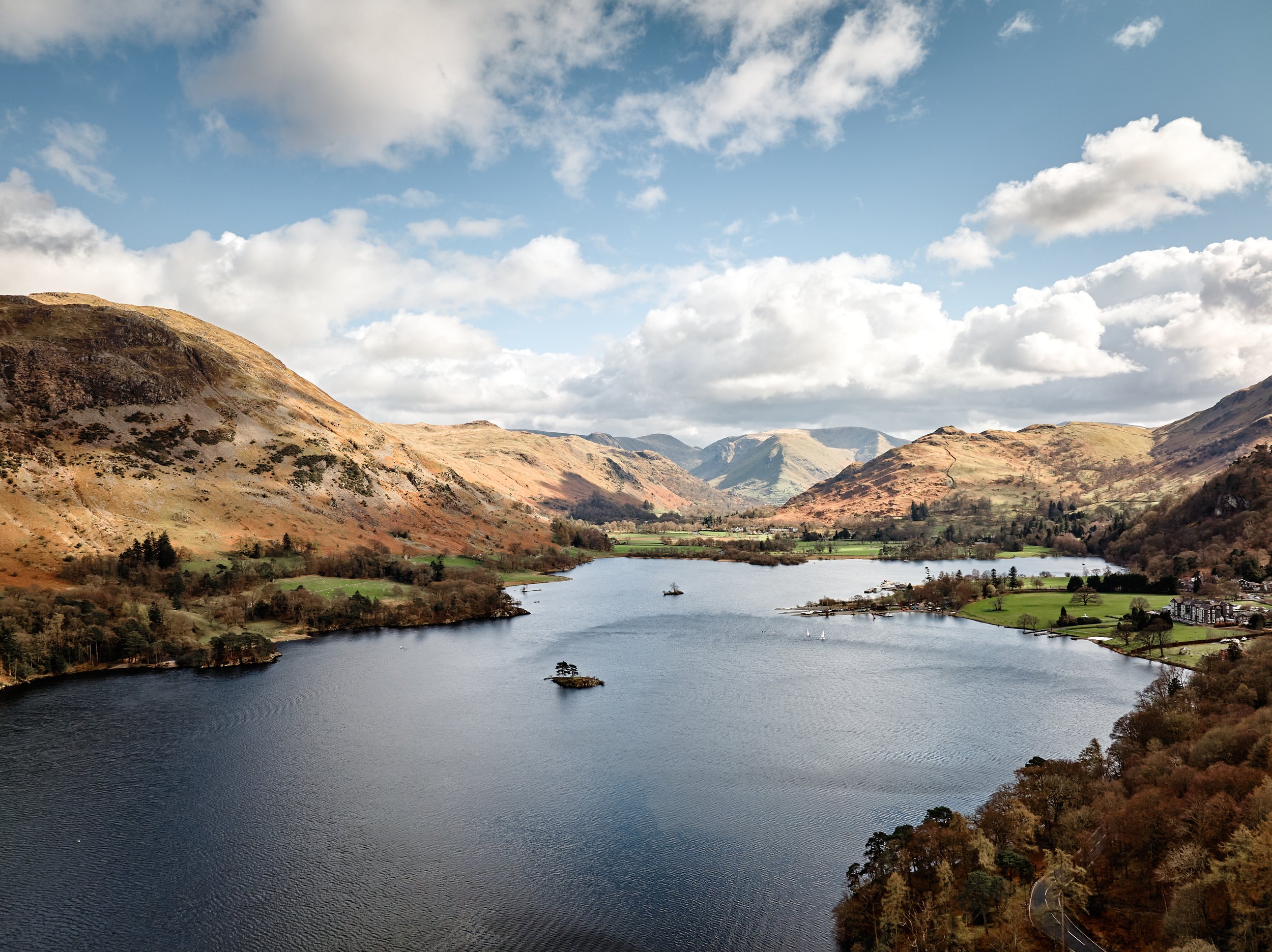
Gowbarrow Hall Farm
At Gowbarrow Hall Farm, we are working with Wilderculture CIC and have formed “Wilder Gowbarrow” as a demonstration project, showing how regenerative agriculture and rewilding practices can be applied to the uplands while still producing lots of nutrient dense food and supporting family businesses.
On the farm we seek to mimic nature as much as possible and we select livestock that ensure there is a fully functioning ecosystem. We have a herd of Beef Shorthorn cattle, Kune Kune pigs alongside four Fell Ponies, and these compliment the extensive wildlife we have on the farm.
The Fell Ponies are a key part of the farm’s ecosystem. We have a massive mixture of native flora, which have all evolved with both cattle and ponies. Many of our species are not palatable to cattle, but the ponies appear to love, such as thistle, tufted hair, grass and rushes. The ponies hold back these species’ dominance, therefore having a positive impact on the farm’s biodiversity.
From mid Spring to mid Autumn the ponies graze our fell plot, which is a mixture of wet peatland and heather moorland.
The heather has benefitted considerably from the area being grazed by the ponies. Their animal impact is making space for new growth, keeping the area diverse. We are also seeing the return of lots of wildlife, including ground nesting birds such as grouse.
A further benefit the ponies are bringing to the farm is in the form of their dung! The more diverse dung we have, the more diversity in micro-fauna we’ll have to feed and break it down.
Ponies are monogastric, which means they only have one stomach. This contrasts to our cows, which are ruminants and therefore have multiple stomachs. Monogastric animals don’t break down their food as much as ruminants, which means that seeds are more likely to be viable when they come out ‘the other end’, and are surrounded by their own source of compost.
The ponies are effectively distributing seed bombs across the farm!
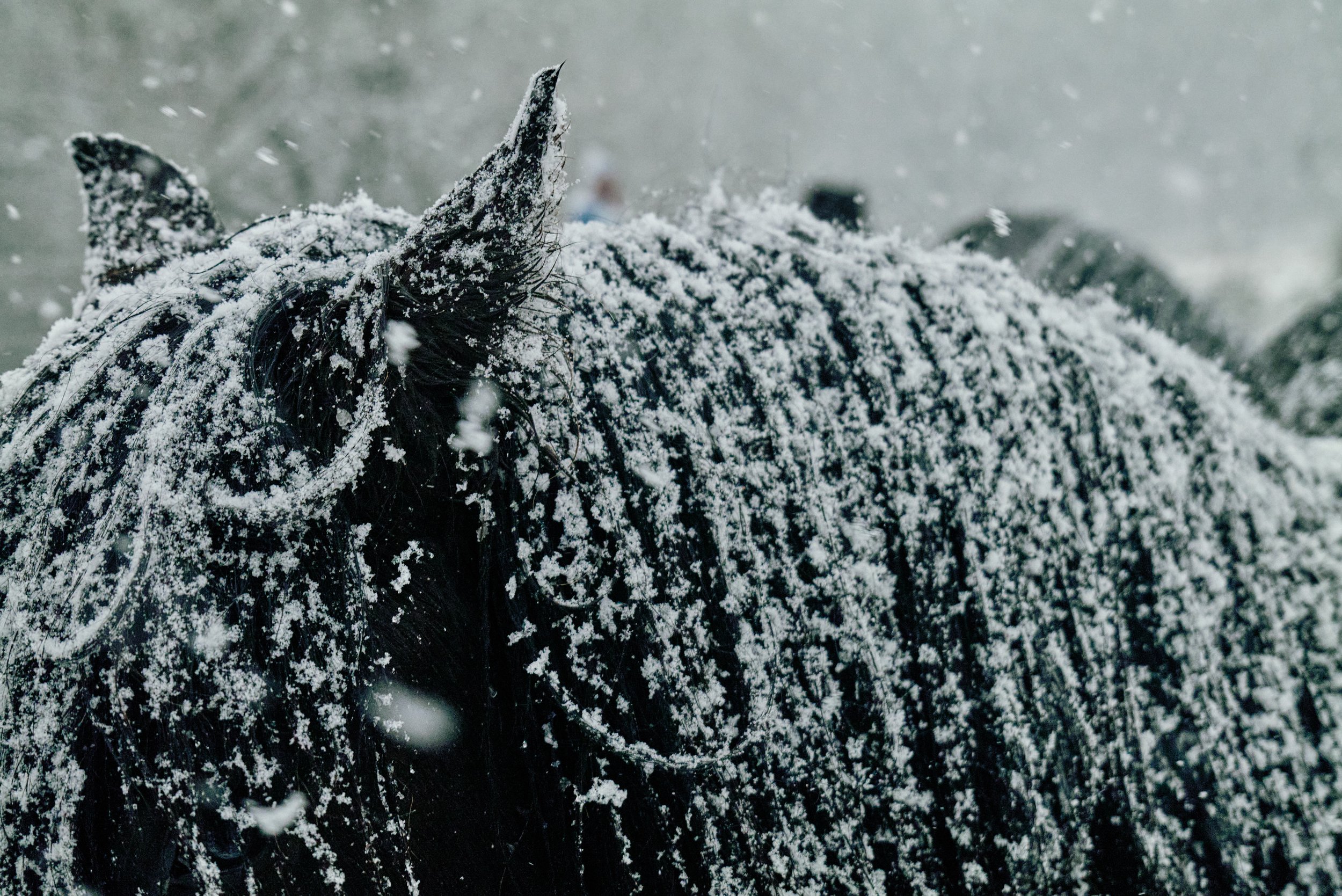
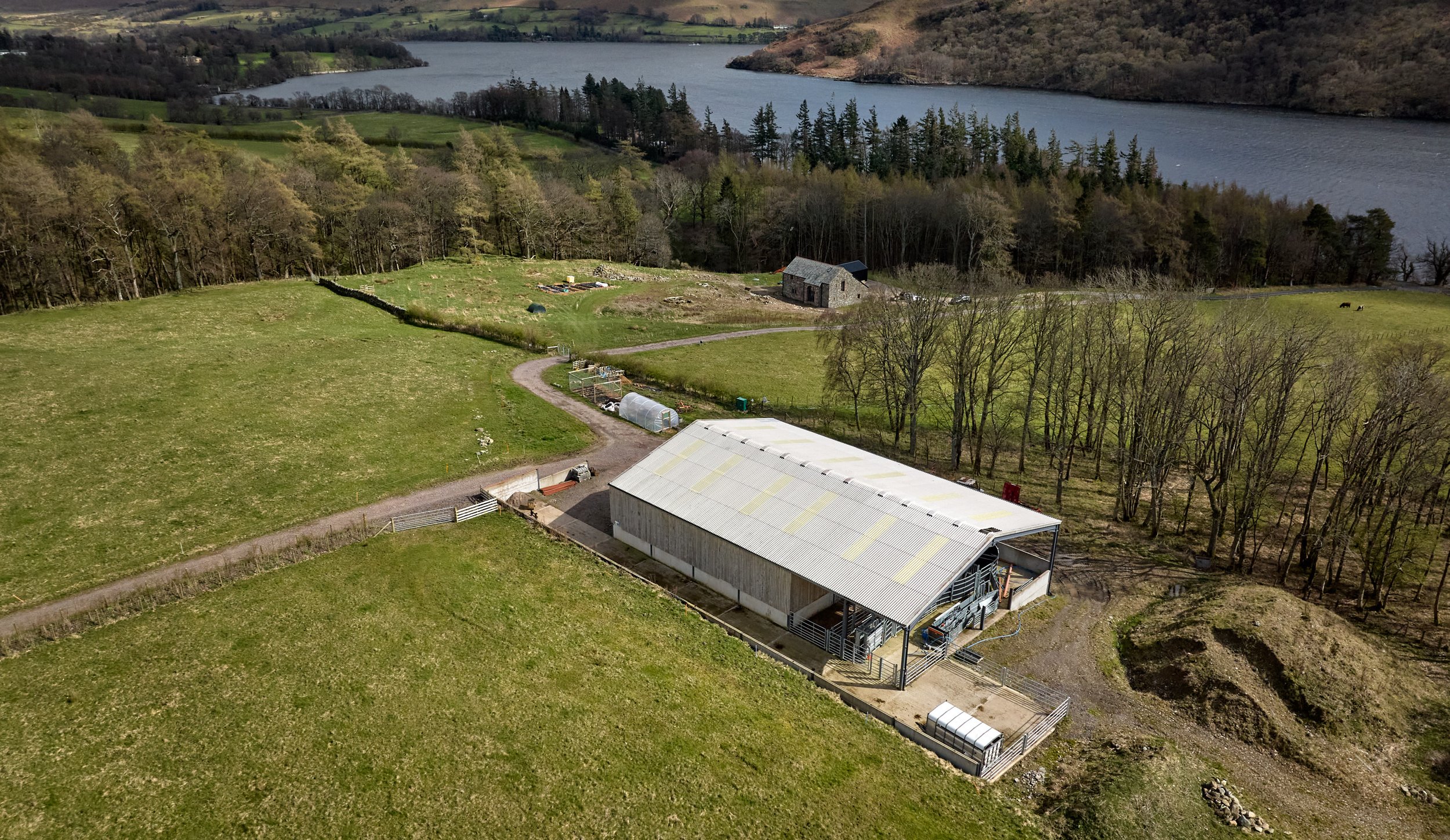

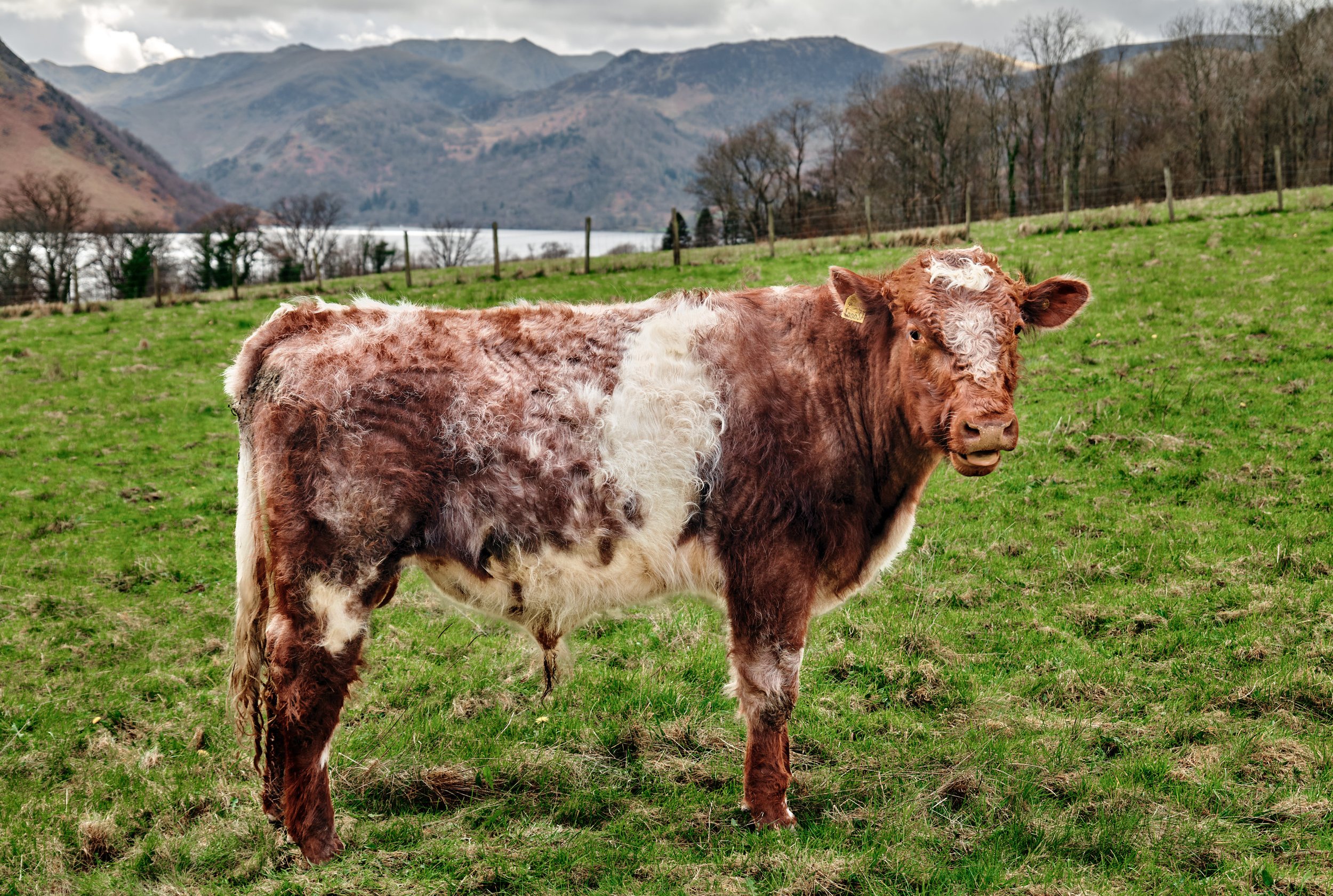
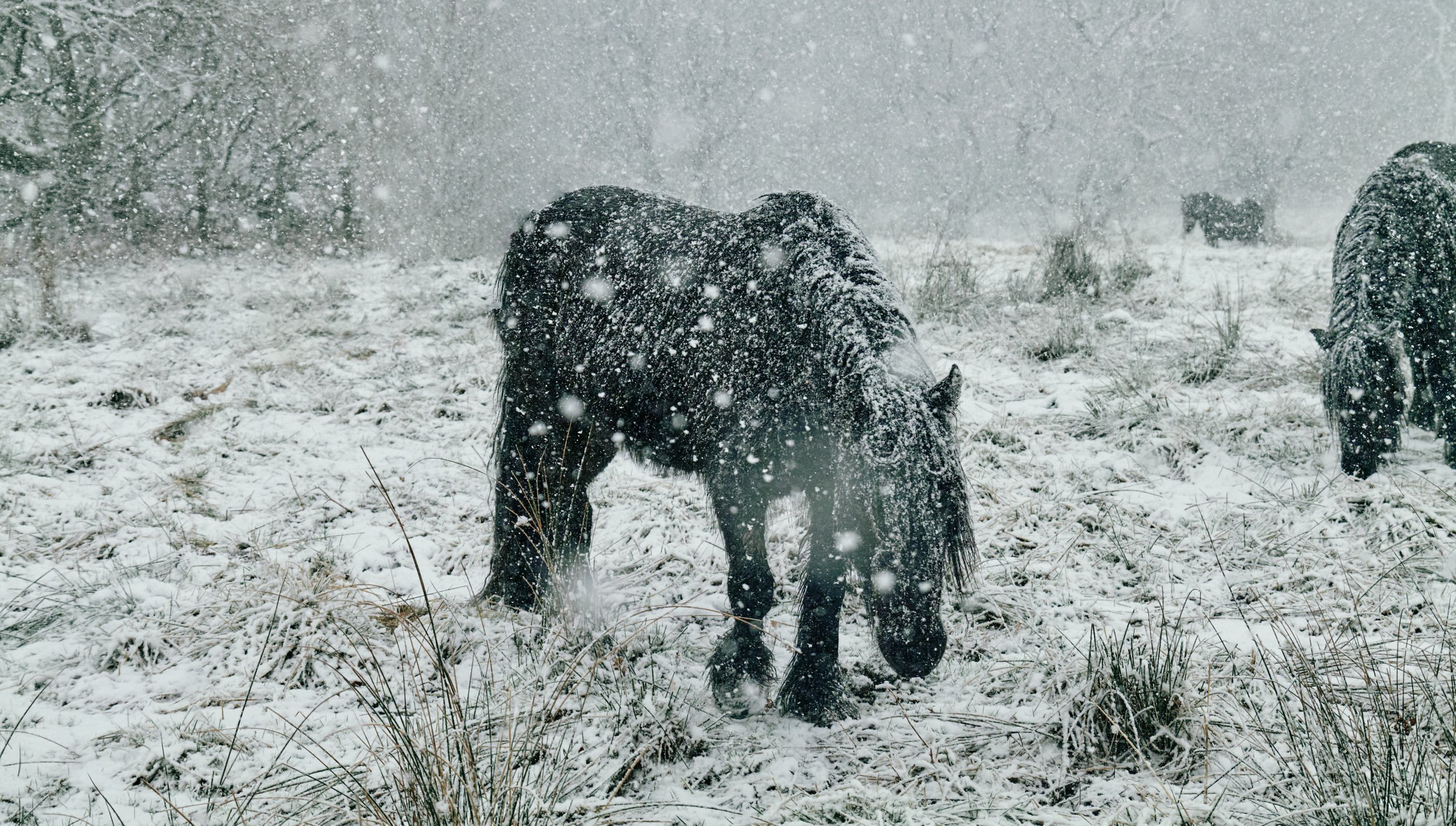

During the winter, the ponies freely roam alongside our cattle and pigs across Swinburn Park, which is named after the family that established the fell pony herd all that time ago. We hope that by demonstrating what is possible here, we help preserve the genetics of these incredible animals so that future generations can benefit from the ecosystem services they provide.
For more information on Gowbarrow Hall Farm and Wilderculture, visit
